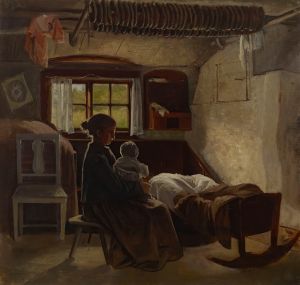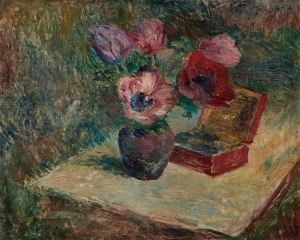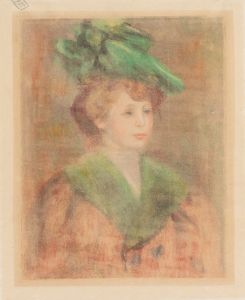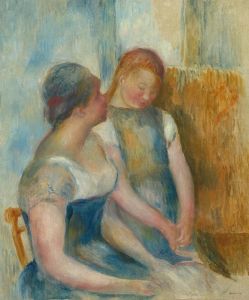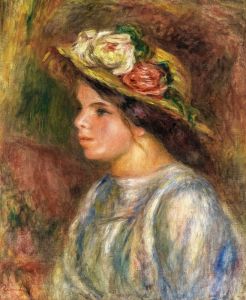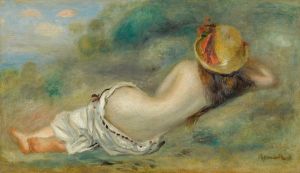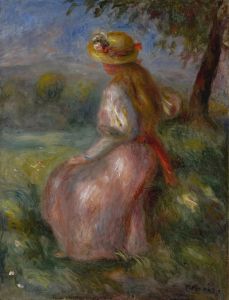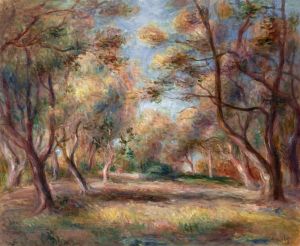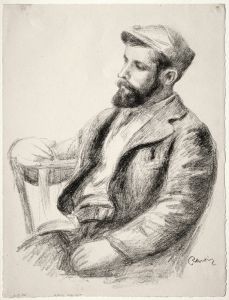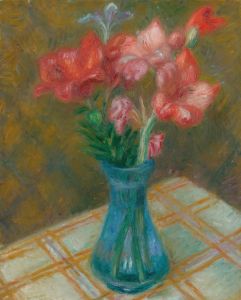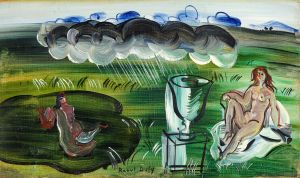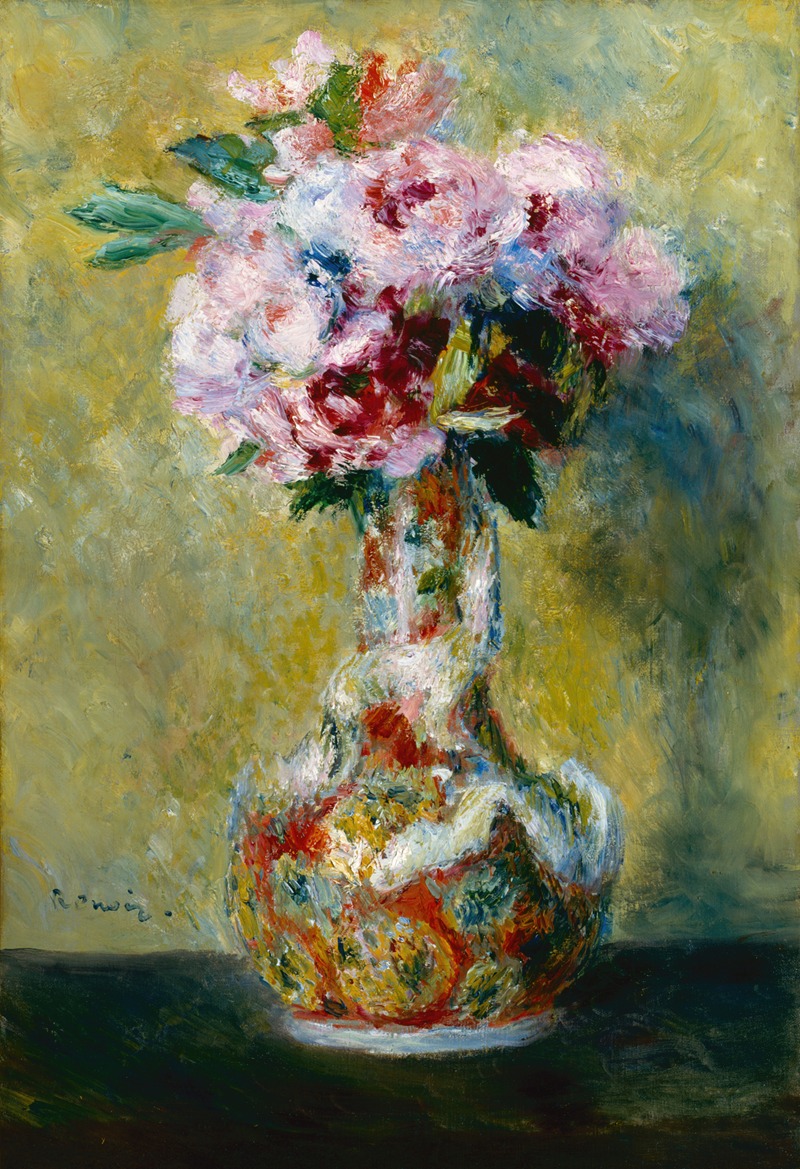
Bouquet in a Vase
A hand-painted replica of Pierre-Auguste Renoir’s masterpiece Bouquet in a Vase, meticulously crafted by professional artists to capture the true essence of the original. Each piece is created with museum-quality canvas and rare mineral pigments, carefully painted by experienced artists with delicate brushstrokes and rich, layered colors to perfectly recreate the texture of the original artwork. Unlike machine-printed reproductions, this hand-painted version brings the painting to life, infused with the artist’s emotions and skill in every stroke. Whether for personal collection or home decoration, it instantly elevates the artistic atmosphere of any space.
Pierre-Auguste Renoir, a leading figure in the Impressionist movement, is renowned for his vibrant light and saturated color, often focusing on people in intimate and candid compositions. However, he also created a number of still life paintings, among which "Bouquet in a Vase" stands out as a testament to his skill in this genre. This painting exemplifies Renoir's ability to infuse life and movement into a static subject, a hallmark of his broader body of work.
"Bouquet in a Vase" is a still life painting that captures a lush arrangement of flowers in a vase. Renoir's approach to still life was deeply influenced by his Impressionist sensibilities, which emphasized the effects of light and color over precise detail. In this painting, he uses loose brushwork and a vibrant palette to create a sense of immediacy and freshness. The flowers appear to be casually arranged, yet the composition is carefully balanced, showcasing Renoir's keen eye for harmony and proportion.
The painting is characterized by its rich, warm colors, with reds, pinks, yellows, and greens dominating the canvas. Renoir's use of color is both expressive and naturalistic, capturing the varied hues of the petals and leaves with a sensitivity to their subtle variations. The background is typically soft and muted, allowing the bouquet to stand out as the focal point of the composition. This technique also helps to create a sense of depth, drawing the viewer's eye into the painting.
Renoir's brushwork in "Bouquet in a Vase" is fluid and dynamic, contributing to the overall sense of movement and life. The strokes are visible and energetic, a characteristic feature of Impressionist painting. This method allows the viewer to experience the painting as a living, breathing entity, rather than a static representation. The texture of the paint adds to this effect, with thicker applications in some areas creating a tactile quality that invites closer inspection.
The choice of subject matter—a simple bouquet of flowers—reflects Renoir's interest in capturing the beauty of everyday objects. Still life paintings were a popular genre in the 19th century, and Renoir's contributions to this tradition are notable for their vibrancy and emotional warmth. "Bouquet in a Vase" is not just a depiction of flowers; it is an exploration of color, light, and form, rendered with a sensitivity that elevates the ordinary to the extraordinary.
Renoir's still lifes, including "Bouquet in a Vase," are often overshadowed by his more famous portraits and figure paintings. However, they offer valuable insights into his artistic process and his ability to find beauty in the simplest of subjects. These works demonstrate his mastery of color and composition, as well as his commitment to capturing the fleeting effects of light and atmosphere.
In summary, "Bouquet in a Vase" by Pierre-Auguste Renoir is a quintessential example of Impressionist still life painting. Through his use of vibrant color, dynamic brushwork, and thoughtful composition, Renoir transforms a simple arrangement of flowers into a lively and engaging work of art. This painting not only highlights Renoir's technical skill but also his ability to convey emotion and vitality through his chosen medium.








